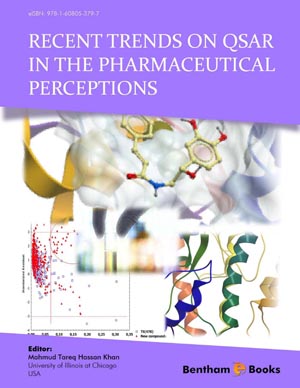Abstract
Antimicrobial peptides, also called body defense peptides, are highly conserved chemical structures. As these peptides have a wide distribution across the animal and vegetal kingdoms, this suggests their fundamental role as part of the immune system. These peptides are used against a wide range of pathogens, such as negative- and positive-gram bacteria, microbacteria, fungus, viruses, etc. Their wide action spectrum makes them important targets for pharmaceutical industry in order to obtain new structures by using drug design. Contrary to antibiotics, antimicrobial peptides do not develop resistance, have a wide action spectrum over a short period of time and have a bactericide action.
In this chapter, we present a set of pharmaceutical descriptors (isoelectric point of peptides, hydrophobicity, weighted holistic invariant molecular index, contact energy between neighboring amino acids, molecular volume and area, polar area, internal dipole moment, etc.) involved in QSAR studies of antimicrobial peptides activity (melittin, indolicidin, mastoporan, etc). Also for a number of 66 antimicrobial derivates, obtained through computational mutagenesis, we have evaluated and presented their pharmaceutical descriptors with possible contribution on antimicrobial activities.
Keywords: Antimicrobial compounds, computational mutagenesis, QSAR.






















